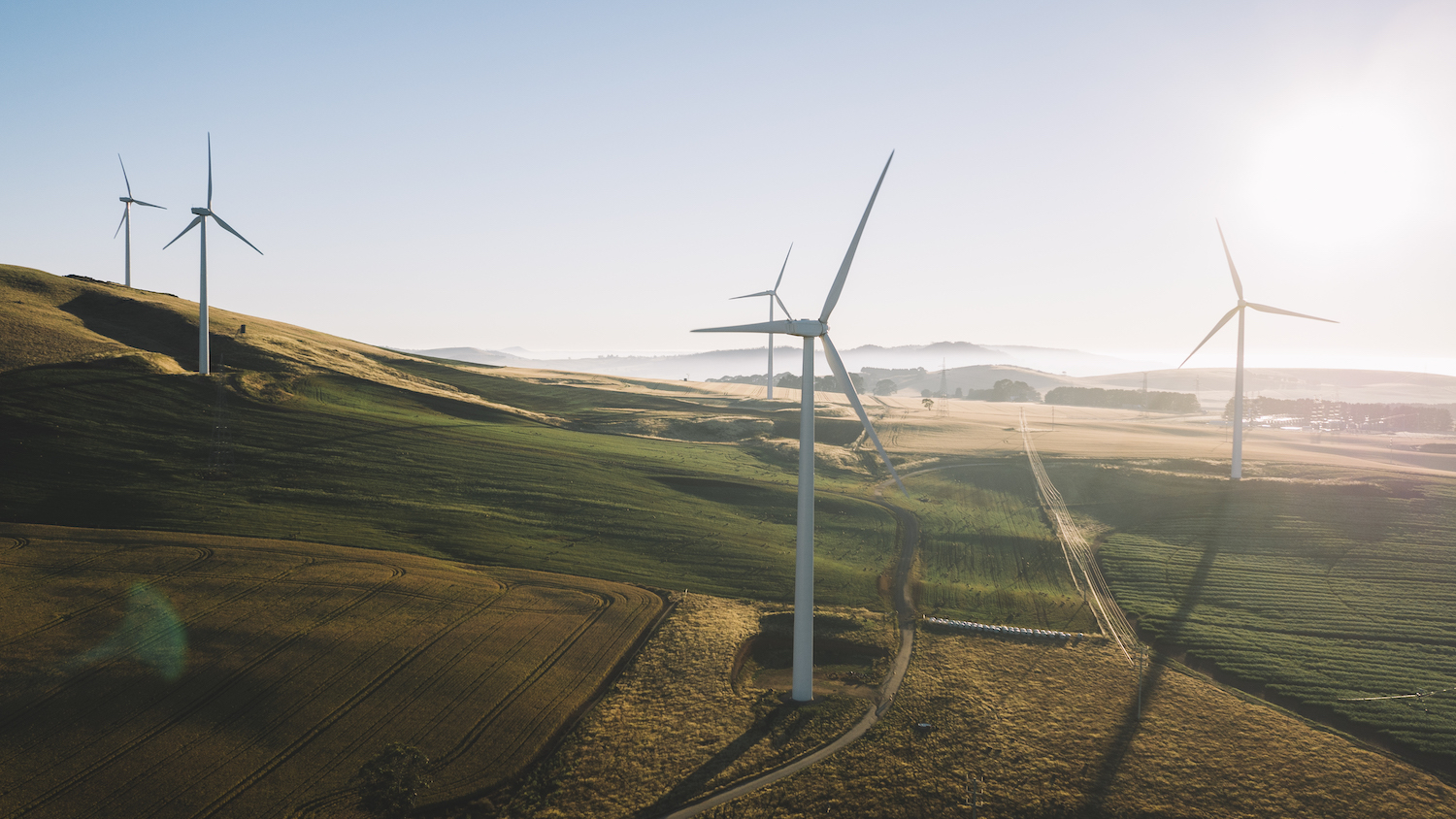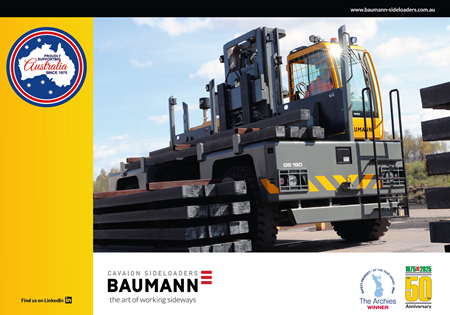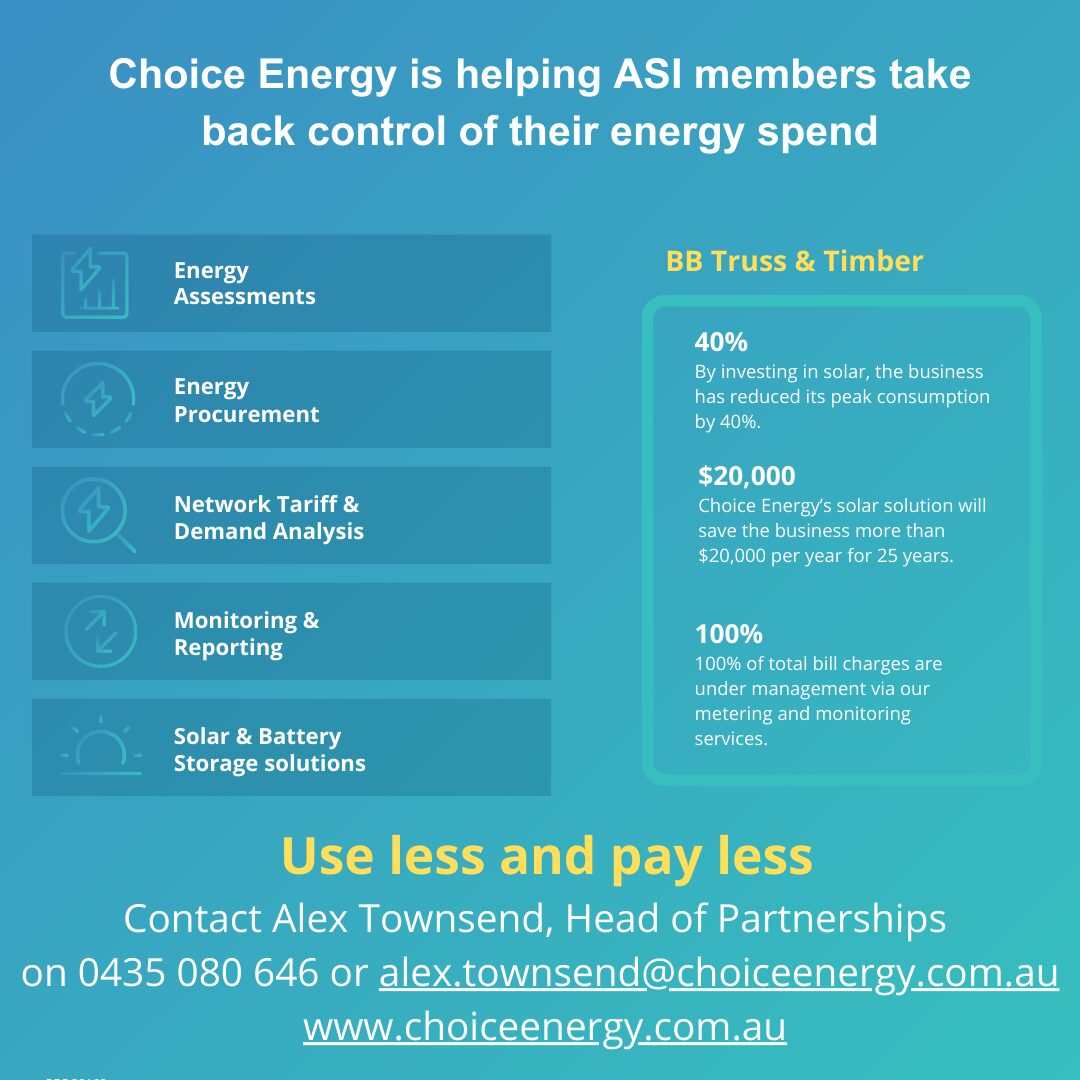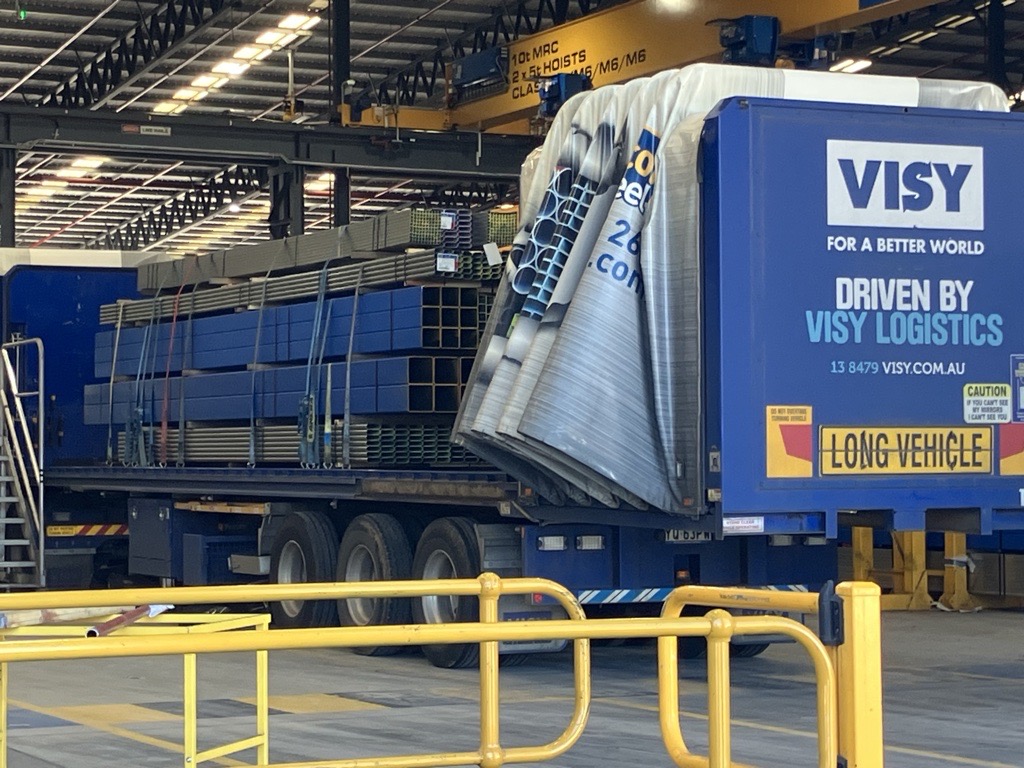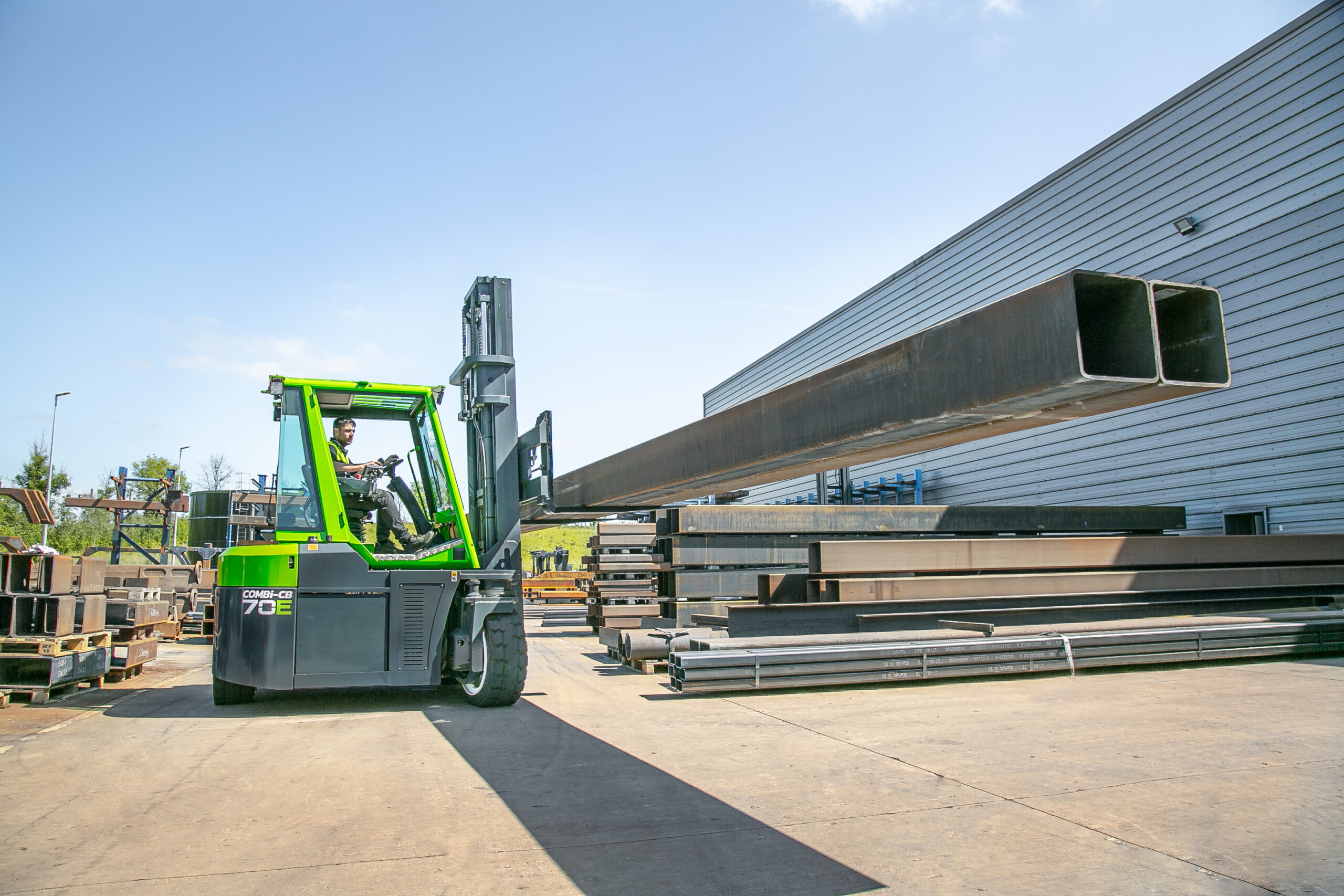BlueScope powers local renewable energy supply chains
As Australia pushes towards an ambitious renewable energy future, increasingly, the question is not whether the country can meet its energy targets—it’s whether the economic benefits of the transition will stay onshore. In the race to build the next generation of energy infrastructure, BlueScope is playing a pivotal role, not just as a steel supplier, but as an enabler of Australian manufacturing capability.
Working hand-in-hand with a wide network of local partners, BlueScope is focusing its efforts on empowering its customers to deliver the infrastructure Australia needs. From wind towers and solar farms to the transmission lines that link them to the grid, BlueScope’s customers are ready to scale up — but long-term certainty from developers and governments is critical to unlocking their full potential.
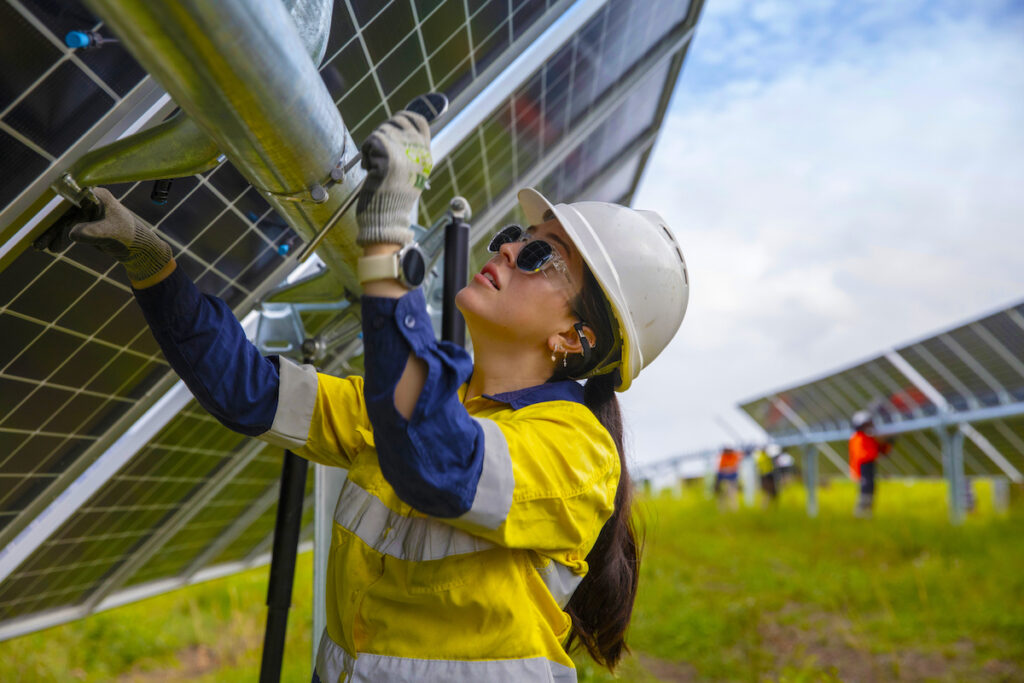
A strategy to strengthen local supply chains
Over the past two years, BlueScope has developed a deliberate strategy to support the renewable energy sector across four key areas: onshore and offshore wind, solar, and transmission infrastructure.
“We’ve been working closely with customers across the country to identify where the opportunities lie and how we can best support them,” said Antony Schillaci, manager marketing and market development at BlueScope Australian Steel Markets. “The reality is, the supply chain capability is there. Our customers have the skills, the facilities, and the readiness to deliver — but to invest and scale, they need consistent demand.”
Critically, BlueScope’s strategy also incorporates a government relations component aimed at securing policy settings that will underpin the sector’s growth. “We realised early on that strong order books and demand certainty are essential if Australia is going to build the capabilities needed in renewables manufacturing,” Schillaci said. “We’ve been actively engaging with our customers, developers, and government to make that clear.”
BlueScope also has watching briefs on emerging technologies like hydrogen, hydro, and battery storage, maintaining flexibility to support future developments across the clean energy spectrum.
By connecting its steel production capabilities with fabricators, processors, and engineering firms across Australia, BlueScope is helping to create a robust ecosystem designed to meet the technical demands of renewable infrastructure projects.
The company’s role extends beyond simply supplying material. It involves aligning project timelines, supporting technical specifications, providing certification and traceability, and helping customers meet the increasingly complex requirements of large-scale energy projects.
Proven capability in solar infrastructure
Nowhere is the readiness of Australian industry more visible than in the solar sector. BlueScope, in collaboration with its customers, has supported the delivery of locally fabricated solar infrastructure across Queensland and Victoria.
Projects like the 130MW Glenrowan Solar Farm, the 118MW Horsham Solar Farm, and the 380MW Aldoga Solar Farm have all benefited from local steel and fabrication efforts. The Aldoga project, in particular, involved local processing and trial fabrication of torque tubes (a critical component in solar tracking systems) through BlueScope’s steel tube and pipe manufacturing business Orrcon Steel in partnership with NextTracker.
“The trial was a major milestone. It demonstrated that local suppliers can meet the high standards required by global solar tracker OEMs,” said Luis Goncalves, business development manager – renewable energy, BlueScope Australian Steel Markets. “The quality was signed off, the supply chain proved itself. We’re ready to take that capability to a larger scale.”
Suppliers like Orrcon, Austube Mills, Harrington Industries, and others have delivered solar farm components that meet international quality benchmarks.
“Our customers have proven they can do the work,” Goncalves said. “They have the expertise and the infrastructure. What’s needed now is the market certainty to give them the confidence to invest for the long haul.”
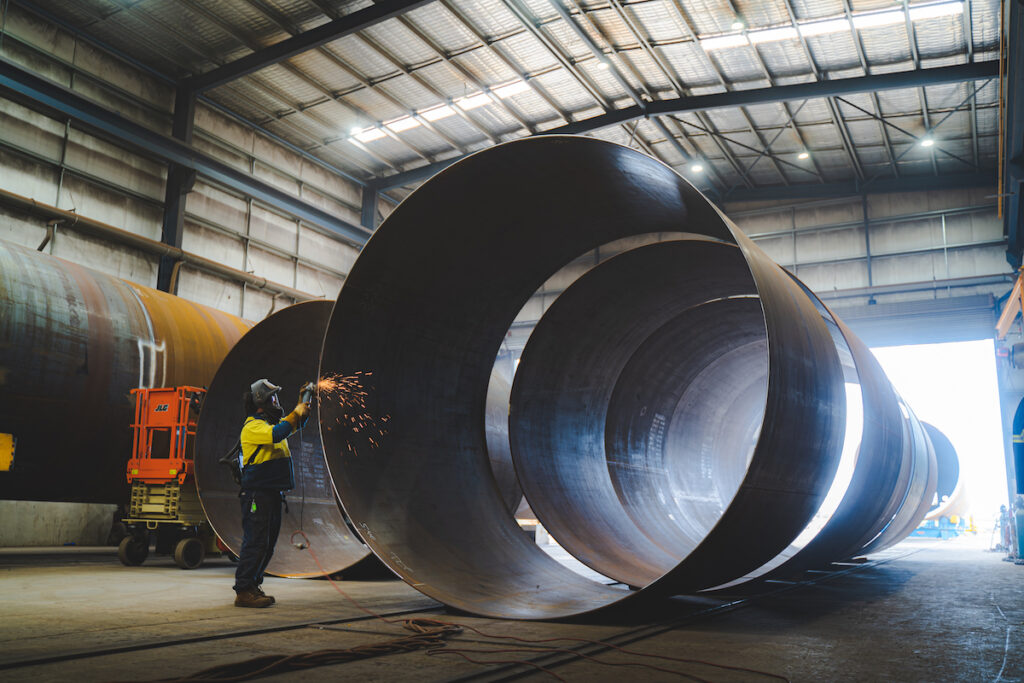
Wind and transmission potential
While solar has helped demonstrate the strength of Australian manufacturing, significant opportunities lie ahead in wind energy and transmission infrastructure. Wind towers are large, high-volume steel structures, and while most are currently imported, local industry is ready to step up.
Anchor cages, wind tower sections, foundation components — these are all areas where Australian suppliers, working in partnership with BlueScope, could deliver. Transmission towers, too, represent a huge market. Today, virtually all transmission infrastructure is imported, but with the right support, this could change.
“Our customers are exploring diversification into wind tower fabrication and transmission components,” Schillaci explained. “The key to unlocking this potential is demand certainty. It’s a big investment. You can’t expect businesses to invest in tooling and capability for just one project. We need to build a visible, credible, sustainable pipeline of work and create the confidence to invest.”
This message is echoed across the sector: Australia’s manufacturers are ready. They just need the demand certainty that comes with long-term government policy and developer commitment.
The role of policy and advocacy
Policy support is essential to unlocking Australia’s renewable manufacturing potential. While some state-based local content policies exist, such as those in New South Wales and Victoria, industry leaders agree that they need to be more detailed, enforceable, and backed by a clear national framework.
“There’s strong interest from developers and communities to support local supply chains,” said Schillaci . “But without policy settings that level the playing field, Australian suppliers are forced to compete with heavily subsidised imports. Effective trade measures will also be needed to ensure the viability of Australian manufacturers is not undermined by dumped and subsidised imports.”
In the United States and Europe, significant government intervention has helped domestic industries grow alongside their renewable sectors. Australia, Schillaci believes, has the opportunity to follow suit, but time is of the essence.
“A strong signal from government, a clear policy pathway, would unlock a wave of investment. It’s not just about short-term projects; it’s about building a long-term, sustainable industry,” said Schillaci.
“The industry is ready. The skills, the experience, the innovation — it’s all here. We just need the demand certainty to turn that potential into reality.”
With a clear strategy, deep customer relationships, and a firm belief in Australia’s industrial capability, BlueScope is helping to build the foundations for a renewable energy future — one where Australian steel and Australian workers are at the centre of the solution.

